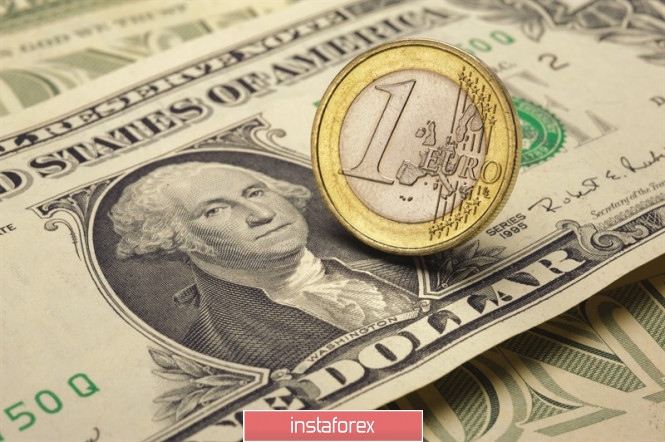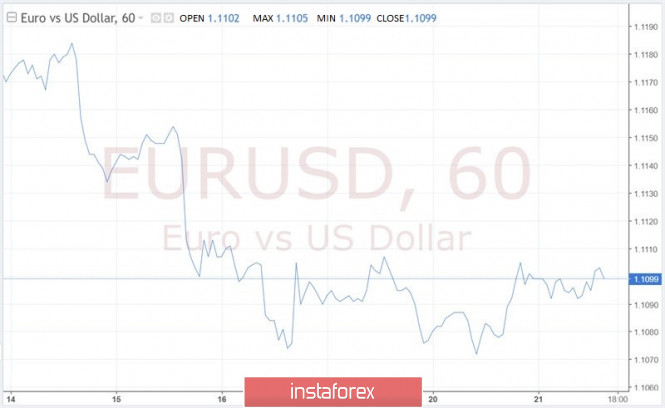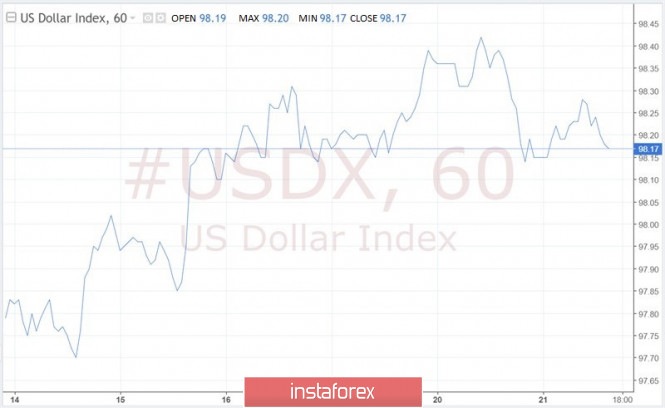
Since the end of last week, the EUR/USD pair has been trading in a narrow range of 1.1060-1.1110.
On one side of the scale, the European one, are the weak economic indicators of the eurozone, the political crisis in Italy and the uncertainty surrounding Brexit, on the other, the American one, there are eye-catching statistics for the US and statements by the White House and the Federal Reserve's leadership that the country's economy is still solid stands on its feet and she is not afraid of trade wars. The answer to the question on whose side the advantage should be, it would seem, is obvious - on the side of the greenback. Based on this, the nearest target for EUR/USD is support in the 1.1000-1.1025 zone, after breaking through to the parity of the euro against the dollar it will remain within reach.
However, if you imagine other scales, then the picture becomes somewhat different. On the European scale - announced last week by Olli Rehn, a member of the Governing Council of the ECB, lower interest rates and the revival of the quantitative easing program (QE) in September, while on the American - the expectation of a recession in the United States, Donald Trump's criticism of the Fed's actions and a possible reduction in the federal funds rate by the end of this year from 2.25% to 1.75%. If Federal Reserve Chairman Jerome Powell succumbs to pressure from the White House, an upward turn in EUR/USD and growth to the area of 1.1300-1.1400 are not excluded.

According to analysts, the minutes of the July Fed meeting, which will be released today, can provide some clarity about the US financial policy.
Last month, the US central bank lowered the interest rate by 0.25% to counter the increased risk to the US economy associated with the slowdown in global growth and trade wars.
It should be noted that there is no consensus among the leaders of the Fed on this matter. Two of the twelve members of the FOMC spoke out against the cut. Some other officials also questioned the need for such a step.
"We should avoid over-scale easing of monetary policy in the absence of significant problems in the economy. It is necessary to focus on unemployment and inflation. I believe that the current economic situation in the country is quite favorable. The weakening of monetary policy is fraught with certain costs if it is done unnecessarily," said Boston Fed President Eric Rosengren last Monday.
Despite the differences in the central bank's leadership, Fed Chairman J. Powell made it clear that further easing of monetary policy is quite possible. Therefore, market participants expect additional signals from the Federal Reserve regarding the prospects for monetary policy.
It is assumed that the soft tone of the minutes from the July FOMC meeting will negatively affect the dollar, while the harsh rhetoric of the Fed leadership will push it to further growth.

